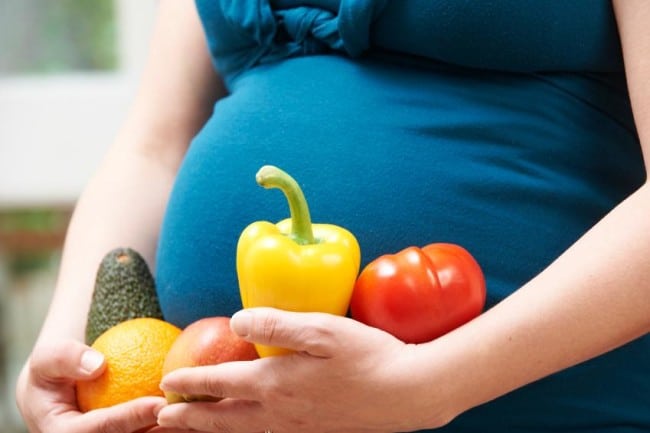Eating for Two: The Basics on Good Fats for your Baby Bump

Everyone requires omega-3s and omega-6s, but the need is crucial during pregnancy and lactation. Increased omega nutrition is required during pregnancy for the proper development of the mammary glands, placenta, and uterus, and for the development of the fetus, especially during the last trimester of pregnancy, when the fetus absorbs the greatest amounts of healthful fats. Fetal energy and nutrient demands result in a 50 percent or higher increase in maternal requirements for omega-3s and omega-6s. Omega-3 fatty acids are actively transported across the placenta, which is how all nutrients are supplied to the fetus. Large amounts of the omega-3 fatty acid DHA pass through the placenta, which is the most abundant fatty acid in the brain, retina, and neuronal tissue.
Deposition of DHA starts in the second half of pregnancy with the estimated accumulation in the fetal brain of approximately 76 mg per day by the third trimester. For this reason, premature babies are more vulnerable to an omega-3 deficiency; they may not have had enough time to absorb adequate fats.
“Eating for two” should be your mantra with regard to consuming healthful fats, not only during pregnancy but also if you are trying to get pregnant. The diet before pregnancy plays an important role in determining maternal omega-3 status. Because omega deficiency is so commonplace, boost your intake beforehand in anticipation of the extra nutritional requirements during pregnancy. Research shows that after four weeks of essential fatty acid (EFA) supplementation, tissue levels of DHA increased significantly.1
In a study published in the British Journal of Nutrition, researchers tested the hypothesis that maternal supplementation during the second and third trimesters of pregnancy enriches maternal and/or fetal DHA status. One hundred mothers received either fish oil capsules containing 400 mg of DHA or a placebo from fifteen weeks’ gestation until term. The study found that maternal DHA status was maximal in mid-trimester and declined to term at a lower rate in supplemented compared with nonsupplemented mothers. The researchers concluded that maternal DHA supplementation significantly increases maternal DHA status and limits the last trimester decline, aiding preferential transfer of DHA from mother to fetus.2
Fetal DHA and arachidonic acid (AA) needs are extremely high during the last trimester because 70 percent of brain-cell development takes place while the fetus is in the womb.3 The fetal liver is not mature enough to be able to metabolize shorter-chain fatty acids into the long-chain omega-3s and is unable to supply them until sixteen weeks after birth. Therefore, to obtain sufficient levels of omega-3s, the fetus depends on the transport of fatty acids from the mother across the placenta. Pregnant women need adequate omega-3s for their own needs as well as for the growing baby (although the mother’s requirements for her own body tend to decrease during pregnancy, which is nature’s way of allowing the growing fetus to have sufficient supply). If the pregnant woman is depleted of omega-3s before pregnancy, neither the mother nor the baby will have an adequate quantity of healthful fats for brain, retina, immune system, and nervous system development.
DHA may be the most critical EFA, because women deficient in DHA may deliver preterm as well as low-birth-weight babies or experience postpartum depression.
